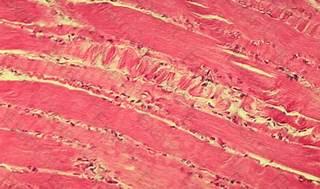A patient underwent a successful percutaneous coronary intervention to the left anterior descending coronary artery. The patient suddenly begins to complain of dyspnea, jaw pain, and chest tightness. The bedside monitor displays sinus tachycardia and ST segment elevation in lead V2. The patient's neck veins are flat and BP is 152/98. Which of the following is the most likely cause of the patient's symptoms?
A terminally ill patient is deteriorating. The patient's family states, "We don't want him to suffer any more." The most appropriate response is
A family member asks permission to visit a patient after work at 12:30 AM. On previous visits, the family member has been disruptive. To address the situation, a nurse should
A patient with a history of alcohol abuse has been admitted for progressive dyspnea and leg swelling. Assessment findings include:
BP155/90
HR85
CVP12 mm Hg
Which of the following tests will provide the most definitive diagnosis?
A patient who is confused and dyspneic is admitted with ABG values that reveal hypoxemia. Results from insertion of a pulmonary artery catheter are:
PAP 38/18 mm Hg
PAOP10 mm Hg
CI 3.5 L/min/m2
These values are most indicative of
A patient who sustained a C4 fracture requests to be taken off the ventilator 3 days after the initial injury, indicating, "I can't live hooked to this
machine." The nurse's best response to this patient would be,
A patient who survives near-drowning develops hypoxia-induced cerebral edema. Interventions should include
An unconscious patient in hepatic failure secondary to alcoholism becomes acutely hypoglycemic. Glucagon administration is contraindicated for this patient because glucagon
Which of the following ECG changes is expected in a patient with a potassium concentration of 3.0 mEq/L?
Assessment of a patient admitted with excruciating back pain reveals:

Appropriate therapy should include

 Hypokalemia
Hypokalemia